NewScientist
How to Fossilise
Your Hamster
and other amazing experiments
for the armchair scientist
Mick OHare

First published in Great Britain in 2007 by
PROFILE BOOKS LTD
3A Exmouth House
Pine Street
London EC1R 0JH
www.profilebooks.com
This eBook edition first published in 2009
Copyright New Scientist, 2007
The moral right of the authors has been asserted.
Text design by Sue Lamble
Text illustrations by Frazer Hudson
Typeset by MacGuru Ltd
info@macguru.org.uk
This eBook is copyright material and must not be copied, reproduced, transferred, distributed, leased, licensed or publicly performed or used in any way except as specifically permitted in writing by the publishers, as allowed under the terms and conditions under which it was purchased or as strictly permitted by applicable copyright law. Any unauthorised distribution or use of this text may be a direct infringement of the authors and publishers rights and those responsible may be liable in law accordingly.
A CIP catalogue record for this book is available from the British Library.
eISBN 978-1-84765-057-3
Experiments are what make science tick. Observing, recording and observing again have taught us everything we know about our universe and the world around us. Without experimental evidence, science is reduced to little more than a set of theories. Real scientists from Newton and the apple to Pavlov and his dogs get out there and observe or, in the case of readers of New Scientist magazine, they go into the kitchen or garden and prove just why and how things happen. And when scientists have observed and recorded what they have seen, they repeat the experiment to ensure its results are verifiable.
Which is what this book is all about experimenting and seeing for yourself. Its where the real pleasure in science lies. Science isnt boffins in labs, its people experimenting wherever they are and using whatever is to hand. By reading this book youll understand how great science has been achieved through experimentation.
In true New Scientist fashion, we focus on the trivial. You can find out why shaken and stirred martinis taste different, but not why the universe is expanding. Youll learn how to extract iron from your breakfast cereal, but you wont discover whats inside a black hole. The big stuff can come later, after youve been inspired by the experiments here. Best of all, youll be able to ensure that your dear departed hamster is preserved for eternity (though you wont be able to discover just how long eternity is).
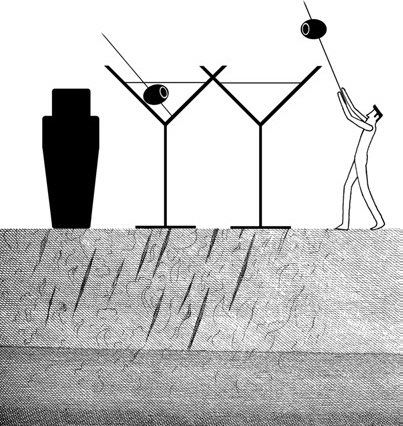
While not every entry can be termed an experiment, they all allow you to try out simple things at home that demonstrate science in action. These range from the chemical (why do cola and Mentos make such an explosive mix?) to the biological (why do some things pass straight through the digestive system apparently untouched?). And weve unearthed a preponderance of experiments featuring alcoholic drinks New Scientist is staffed by journalists after all. While these ones are for adults only, the rest are aimed at the entire family. Children should be supervised when carrying out any of the experiments we describe. For although they have been chosen with safety in mind, a few involve potentially hazardous materials (hot water, matches, knives), so care needs to be taken.
Some of the experiments will almost certainly need a large outdoor space to try out, but you should be able to attempt most of them as soon as you get this book home or shortly after a trip to the local shops. Hardly any require specialist equipment. If you need further instruction on how to make them work, youll find some of them on our website www.newscientist.com/hamster.
The best science is always collaborative, so I am grateful to all the readers of New Scientist, colleagues, scientists and smart people everywhere who have helped make this book possible a roll call appears.
Finally, remember: scientists theories are there to be challenged. If you carry out the experiments in this book and draw different conclusions, let us know you will find our contact details in the Acknowledgements. Science is constantly evolving in response to new evidence; that is what makes it so wonderful and enlightening. Theres nothing wed enjoy more than being proved wrong by someone who has carried out an experiment from this book and arrived at a different conclusion. After all, real scientists always experiment, not once, not twice, but again and again
Mick OHare
Why does a2mm layer of cream on Tia Maria create rapidlycirculating and swirling patterns?
This is a perfect experiment for the after-dinner tabletop laboratory, and as its one that New Scientist brought to the attention of the world, we feel particularly smug. Use a good, single pouring cream milk is too runny, double cream too thick. You can even drink the end product.
What do I need?
 a wide-bottomed glass
a wide-bottomed glass
 single cream
single cream
 a bottle of Tia Maria
a bottle of Tia Maria
 a spoon
a spoon
What do I do? Pour 1 cm of Tia Maria into the glass and add a very thin layer of single cream, poured gently over the back of the spoon so that it spreads over the surface of the Tia Maria.
What will I see? The surface of the cream will break up into a pattern of cells as it reacts with the Tia Maria.
Whats going on? The swirling patterns are caused by convection the bulk movement of fluids usually caused by temperature differences. However, in this case the convection is driven by a difference in concentration between the two liquids. This is called solutal convection.
The alcohol in the Tia Maria is the driving force. After the cream is added, the alcohol begins to diffuse through it. When it reaches the surface it alters the surface tension, reducing it. Areas unaffected maintain their higher surface tension and so pull the low-surface tension liquid areas towards them. As the surface liquid is pulled away, Tia Maria moves up to fill its place. This has even less surface tension than the liquid pulled away and the process becomes self-sustaining as a convection cycle is created. This will last as long as a difference in concentration between the cream and the Tia Maria remains.
Surface tension convection is known as Marangoni convection. It plays a part in drying different paints and causes patterns such as those seen in wine legs running down the inside of a drinking glass (see Drinkers legs experiment ). Similar effects are seen in rolling clouds or oil frying in a pan. Tia Maria is something of an oddity though, because in other systems the convection cells are circular or hexagonal.
PS: We are especially pleased to include this experiment because when the question was first asked in

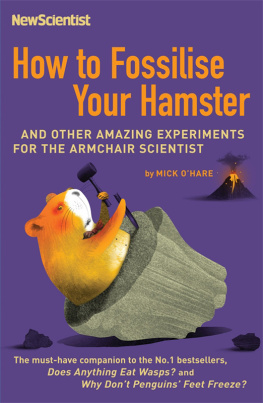
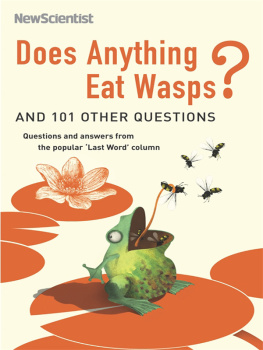
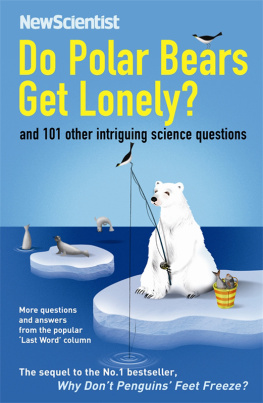

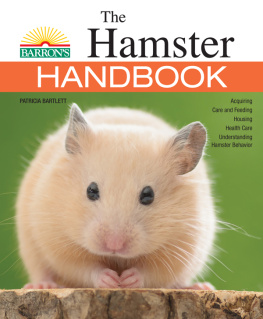

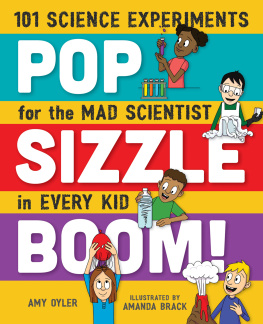

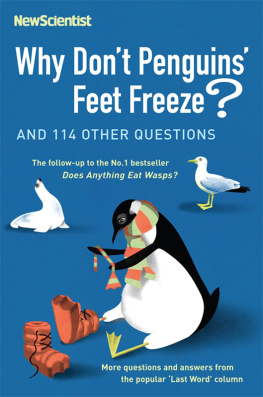
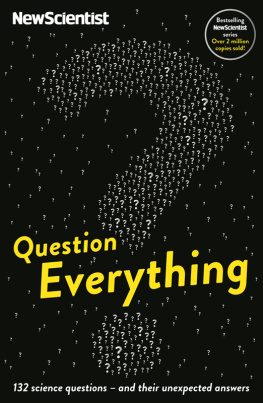
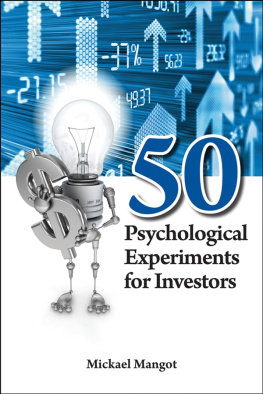




 a wide-bottomed glass
a wide-bottomed glass